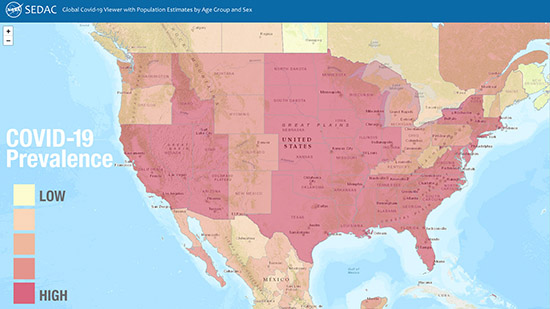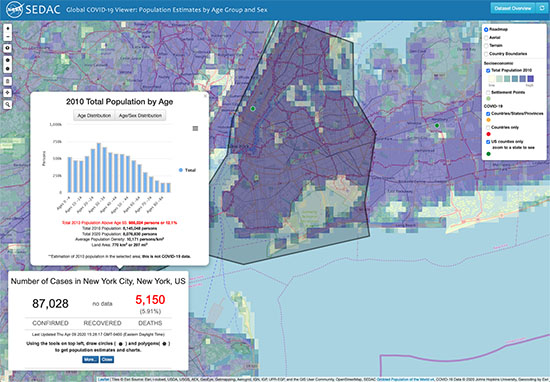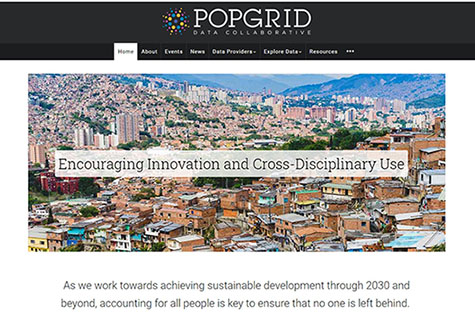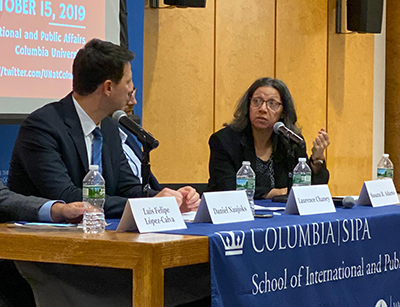CIESIN has developed and released several new data sets recently. Now available from the NASA Socioeconomic Data and Applications Center (SEDAC) is the Food Insecurity Hotspots data set, which consists of gridded data identifying the level of intensity and frequency of food insecurity over ten years between 2009 and 2019, as well as hotspots of consecutive food insecurity events. The data set covers five regions: Central America and the Caribbean, Central Asia, East Africa, Southern Africa, and West Africa. The grids are at 250 meter (~7.2 arc-seconds) resolution and are based on subnational food security analyses for these regions provided by the Famine Early Warning Systems Network (FEWS NET). FEWS NET was established in 1985 by the U.S. Agency for International Development (USAID).
As part of the Geo-Referenced Infrastructure and Demographic Data for Development (GRID3) program managed by CIESIN, data on operational settlement points and/or boundaries, health facilities, and points of interests have been released for Zambia and the Democratic Republic of the Congo. Settlement extent data are now available for 41 African countries, created from Digitize Africa building footprints powered by Maxar. GRID3 has expedited settlement extent mapping to support countries in their COVID-19 response efforts. The data are broadly intended to support country decision-making in public health and education.



